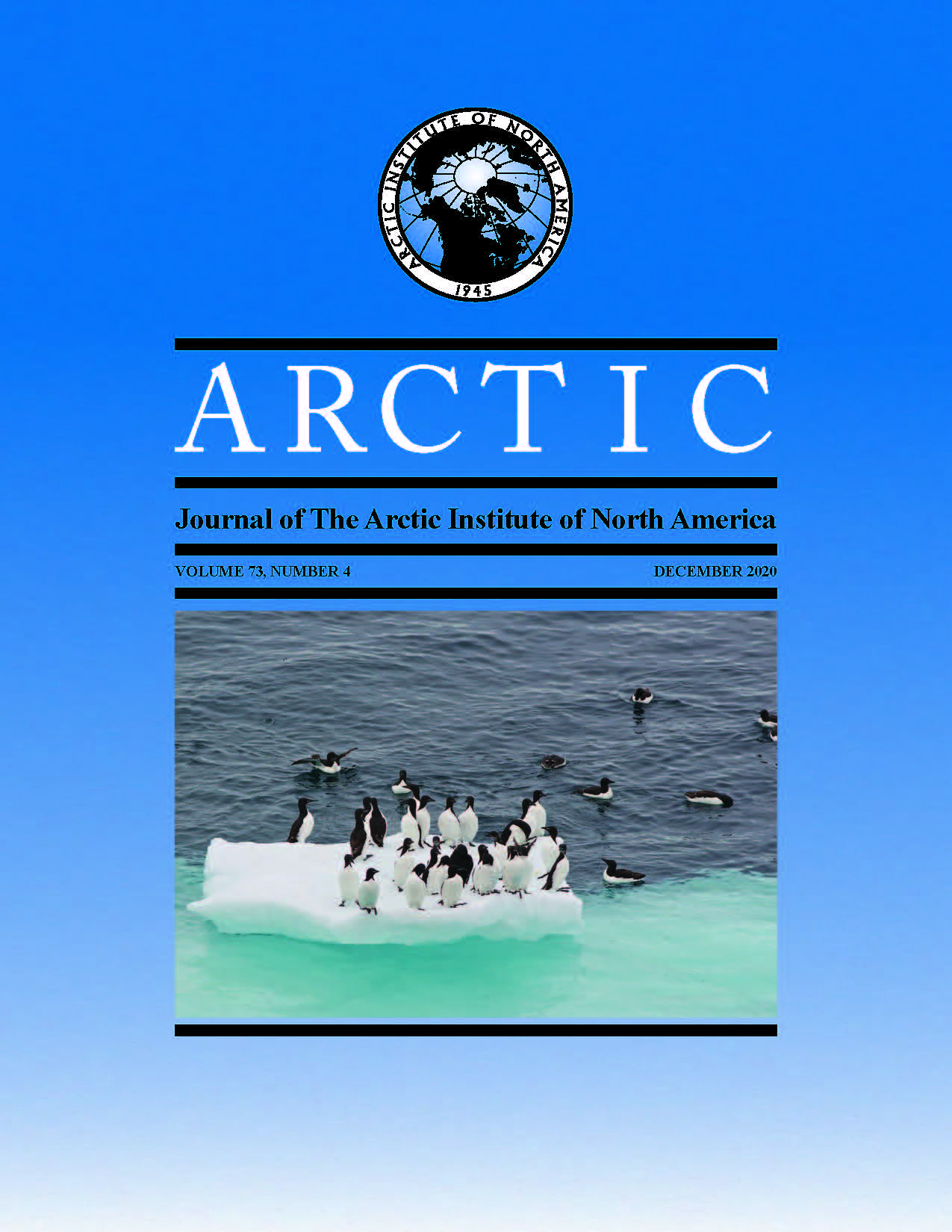Climate-Change Induced Permafrost Degradation in Yakutia, East Siberia
DOI:
https://doi.org/10.14430/arctic71674Ключевые слова:
Yakutia; meteorology records; warming; permafrost; thermokarst lakes; alases; hydrology; geo-environmental risks; regional developmentАннотация
Current climate change in the northern regions is a well-recognized phenomenon. In central Yakutia (the Sakha Republic), the long-term trend displays a consistent mean annual air temperature (MAAT) increase from −9.6˚C (1980) to −6.7˚C (2019), corresponding to an average 0.07˚C annual rise, with pronounced temperature anomalies in the last decade. The analyzed meteorological records of the past 40 years indicate a progressing climate change pattern of increased MAAT and mean annual precipitation (MAP) that occurs in 5 – 7 yr cycles. The complex interactions of regional climatic variations with local geological and environmental conditions influence the frozen ground’s thermal balance, which, in turn, impacts thermokarst development. Co-acting factors of temperature rise and higher precipitation rates activate thermokarst lake dynamics and lake expansion following snow- and rainfall-rich preceding years. April experiences the greatest warming trend with a present (2020) 5˚C rise from 1980 with shortening of the winter season. Climate warming together with natural forest fires and anthropogenic activities (pastoral practices and logging) contribute to the taiga landscape opening due to reduced albedo and the greater exposure to solar radiation. The regional hydrologic network undergoes restructuring caused by drained meltwater released from the degraded cryolithozone with peaks of the fluvial discharge in late spring and early summer generating bank erosion. The negative effects of the progressing ground thaw, which are particularly observed in lowland locations, pose risks to local settlements and generate major environmental and engineering problems in the formerly permafrost-stable central and northern areas of Siberia.


